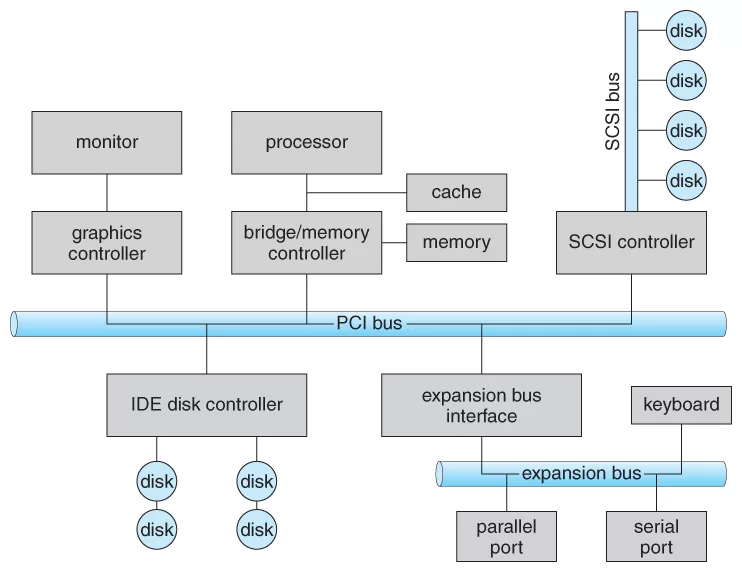
Operating Systems: I/O Systems
The Evolution of I/O Systems:
- I/O systems, often overlooked, play a critical role in control loops.
- Manufacturers offer distributed I/O for flexibility and cost savings.
- PLC suppliers provide remote I/O with IP-based communication.
- Some systems opt for software-configurable I/O.
- Intelligent terminal manufacturers offer slice I/O for versatility.
- The trend is towards reduced cabling and hardware dependence.
- Wireless systems are gaining ground, particularly in remote locations.
Power Supply Advancements:
- Redundant power supplies with local battery backup are crucial.
- Field power from two separate buses mitigates single points of failure.
- Ethernet-Advance Physical Layer (Ethernet-APL) simplifies field device connectivity.
- APL can deliver power and Ethernet signals over one twisted-pair cable.
Adapting to New Protocols:
- Transitioning to new protocols like Foundation Fieldbus can be challenging.
- APL-connected gateways can ease protocol conversion.
- Flexibility extends to protocols like ProfiNET or EtherNet/IP.
The Future of I/O Systems:
- I/O systems have evolved beyond central control rooms.
- Market demands drive higher data concentrations, enhanced capabilities, and cost-effectiveness.
In Summary:
- I/O systems have transformed, offering flexibility and cost savings.
- Power supply advancements and APL simplify field device connectivity.
- Adapting to new protocols is feasible with the right gateways.
- The evolution of I/O systems continues to meet market demands.
 6G Controls - Leading Supplier of New & Original PLC 、DCS Parts and Automation Controller
6G Controls - Leading Supplier of New & Original PLC 、DCS Parts and Automation Controller
